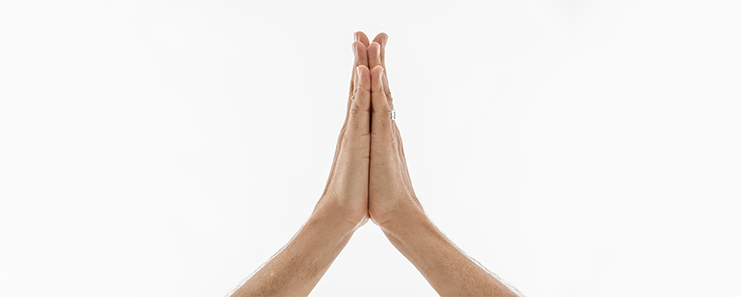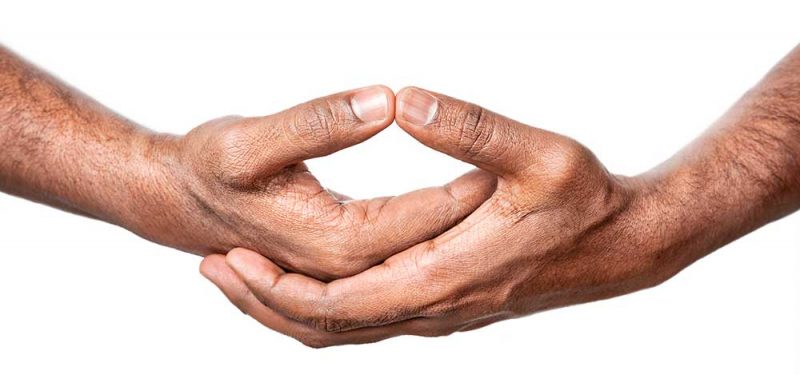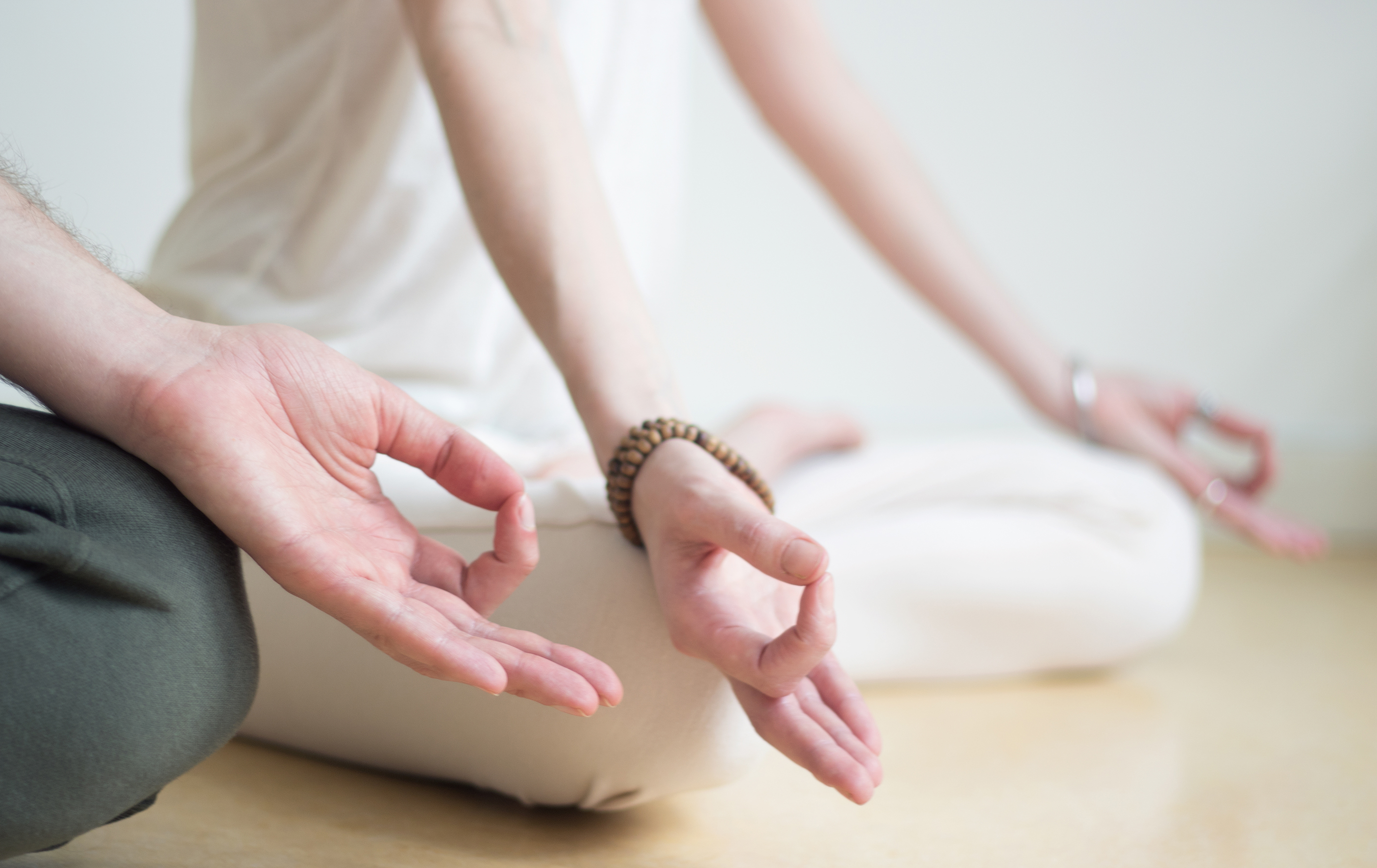Jan, 2022 · From The Yoga Bible
These hand gestures are easily combined with yoga postures and are often used during breathwork and meditation. Some hasta mudras are symbolic, representing a certain deity or quality. These often tie in with our understanding of the chakra system, Indian ayurvedic thought, Chinese acupuncture meridians, and even astrology. In genera_ mudras are considered to work through the reflex zones, by which each part of the hap:- is associated with a part of the body and brain.
Prayer Seal (Anjali Mudra)
Also known as Atmanjag Mudra, this mudra is often seen in India, where people use it to greet, thank, and express respect. Teachers often finish a yoga class with Anjali mudra, and it is a reminder to come back to your center. By regrounding yourself, you can operate from a cairn, clear foundation. With this in mind, Anjali Mudra may be used to start and end your meditation session.
The gentle pressure of the two palms against each other is believed to harmonize the left and right hemisphere of the brain. By pressing the thumbs on your breastbone you remind yourself to cultivate the qualities of the heart during your practice and try using it between each round of the Sun Salutation.

Dhyani Mudra
This mudra is used for meditation and contemplation. The left hand is placed on top of the right and tips of the thumbs touch. Symbolically, the hands form an empty bowl, receptive to contemplative thought.
Bhairava and Bhairavi Mudras When the right hand is on top and the thumbs are laid down to rest one on the other, this double hand bowl is called Bhairava mudra. (Bhairava signifies an aspect of the god Shiva.) When the left hand is on top, thumbs resting down, this is called Bhairavi mudra, named after Shakti, the consort of Shiva.

Sanmukhi Mudra
Closing of the Six Gates This mudra allows our sensory organs to rest in deep silence as we let go of outer distractions and turn our gaze inward. As the "seal of the inner source," it is also known as Yon' mudra. Sit in meditative position. Press on the little flap in front of your ears with your thumbs to block sound from your ears. Cover your eyes with your index fingers, touch the sides of your nostrils with your middle fingers, and place the ring and little fingers above and below your lips to symbolically cover the mouth. Keeping the elbows raised, breathe steadily in Sanmukhi mudra and enjoy this deep silence. When you feel tired, lower the arms and sit in quiet stillness for meditation or contemplation. If you wish, apply a light, equal. pressure to both nostrils while still allowing space for an even flow of air.










